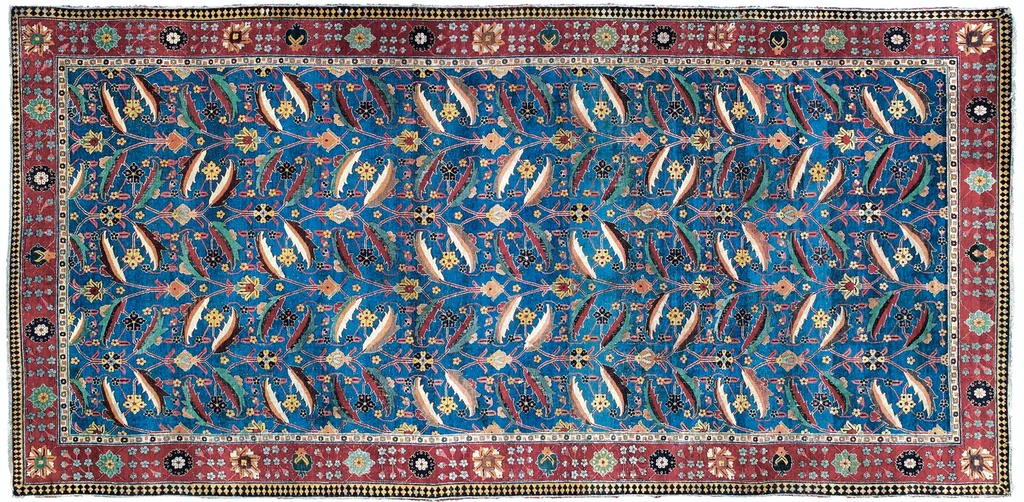Can rugs be considered works of art
The oriental rug market bifurcates into two segments: decorative and collectable. The decorative segment, larger and more prevalent, caters to individuals seeking floor coverings for their homes. Trends fluctuate akin to fashion, with aesthetics driving the selection process. Despite the potential for exceptional pieces, buyers often prioritize appearance, color, or size.
Conversely, the collectable segment, though smaller, brims with fervor. Collectors, driven by various motivations – regional, temporal, or ethnic – aim to procure rugs as art exhibits.
Rug connoisseurs assess quality based on four criteria: origin, age, craftsmanship, and condition. Unlike other art forms, such as paintings, rugs offer a tactile experience. The allure of antique rugs lies in their accessibility. However, this very advantage engenders a stigma within the art community. The fact that rugs are trodden upon distances them from other plastic arts categories. There’s a prevailing notion that a rug loses its artistic value when used as a floor covering, even if it is worth more than the sculpture it supports.
Another challenge rugs face as an art category is the anonymity of their creators. Yet, for rug enthusiasts, the absence of artist identification is part of the appeal. The cultural context of a rug’s creation, which significantly influences its style, colors, and collectability, serves as its identifier.
Currently, the collector’s market covets “tribal” rugs. These rugs, woven by communities in the Caucasus and Central Asia, including northern Iran, Afghanistan, Turkmenistan, and western China, are renowned for their geometric, abstract motifs and vibrant colors.

Caucasian Karachov – 19th Century

Caucasian Chelarbed – 19th Century
However, there are collectors who gravitate towards rugs from prominent Persian or Turkish centers, distinguished by their perfect symmetry and standardized production, contrasting with the more organic “tribal” rugs.

Persian Tehran – 1900
For a rug to be deemed an artwork, it must predate the early 20th century commercial boom. The Middle East’s textile industrialization significantly disrupted oriental rug production and sales. The introduction of artificial products, such as chemical dyes, marked the end of traditional rug-making. Previously, natural dyes derived from animals and plants were used – shellfish for purple, certain insects for red. However, to cater to European and American demand, practical industrial dyes were adopted, and creative time was sacrificed for increased production.
Collectors often specialize in specific ethnic groups or regions, with certain rug types maintaining enduring popularity. Rugs from approximately 85 groups in the Caucasus, situated at the Black and Caspian Seas’ crossroads, are prized for their variety, geometric patterns, and vivid colors. These rugs resonate with modern art, inspiring artists like Klee and Kandinsky. Conversely, those drawn to Renaissance or classical paintings tend to prefer rugs from major centers, such as Kirmans, known for their large size, color richness, and delicate features. A 17th century Laver Kirman holds the auction record for the most expensive rug, fetching $9.6 million at Christie’s in New York, and now resides in a Qatari museum.

Continue explorando

Figalli Oriental Rugs
We do not sell rugs. We bring rare works of art to your home in the form of rugs.
Our services
You are Protected
Copyright © 2023 Figalli Oriental Rugs, All rights reserved. Desenvolvido por Agência DLB – Agência de Marketing Digital em Porto Alegre
